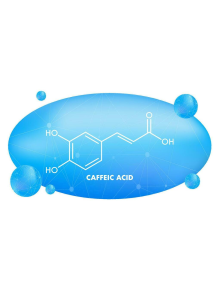Micromul™ Caffeic (Caffeic Acid Microemulsion)
Cosmetics
Code: 127333
a naturally occurring polyphenol found in many plants (including coffee beans, fruits, and vegetables) that has attracted attention for its potential skin‐protective benefits when applied topically. the findings suggest several possible benefits for skin care
Cart
No products
Subtotal:
0.00
Total
0.00
THB



